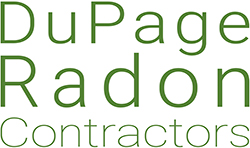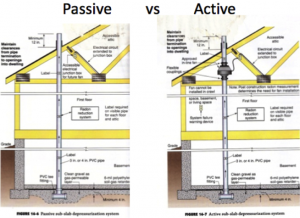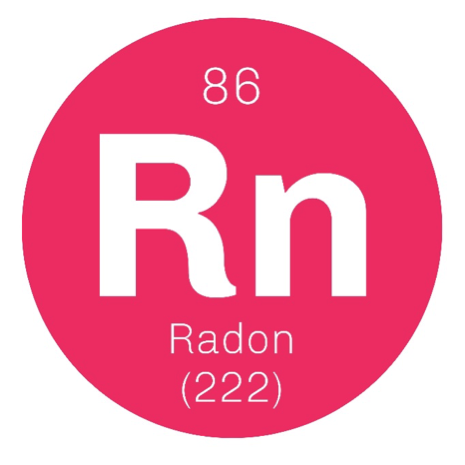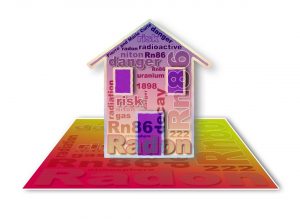DIY Radon Mitigation: a Good Idea?
Radon is a radioactive Class A carcinogen gas. Installing a radon mitigation system is serious business; without the proper knowledge and tools, it can result in worsening a faulty system, or even increasing your radon levels. If you’ve already measured your radon levels and they’re 4 pCi/L or higher, you know you need a radon reduction system to…
Read more










